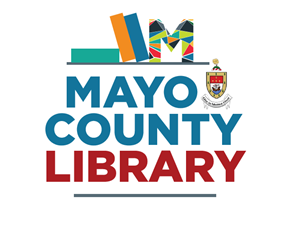Thomas O'Malley Baines (1844 - 1899)
Thomas O'Malley Baines was born near Louisburgh, Co. Mayo in 1844. His father died soon after his birth and in 1848, Thomas with his mother and sister were evicted from their holding as part of the famine clearances on the estate of the marquess of Sligo. Following is the death notice which appeared in Connaught Telegraph, Saturday, May 20th, 1899
DEATH OF A MAYO FENIAN.
The death is reported from San Francisco of Captain Thomas O’Malley Baines, who spent his life in the cause of Ireland. Captain Baines once made a vow that he would never cut his hair until Ireland was free, and his curly brown locks hanging over his shoulders attracted general attention. He was assigned to the task of organising the Irishmen in the English army. His efforts in this line were crowned with success, but in 1855 he was arrested and charged with treason. He was tried before Judge Keogh and sentenced to ten years servitude in the penal colonies of Australia. After serving five years he was pardoned, and in 1872 he went to America with several compatriots. For many years he supported himself by selling books, one of which was a biography of his life, entitled “My Life in Two Hemispheres”, in which the history of the Fenian uprising was told as he himself saw it. He was married in 1877 and was the father of two children – Robert Emmet, now in the army in Cuba and Thomas Addis, a lad of 15, who lives at home on Ivy Avenue, San Francisco. Capt. Baines left America but once after 1872. That was in 1882, when he paid a visit to Australia and brought back the bones of Patrick Keating, an old Irish compatriot, who was transported with him to Australia. It had always been his intention to pay a visit to Ireland for the purpose of burying Keating’s bones. He served in the Papal army, and was taken prisoner at Ancona. In the autobiography he says of himself: “Born in County Mayo, Ireland, in 1844; joined the Irish Papal Brigade, and was taken prisoner of war at Ancona, Italy, September, 1860; liberated from the military prison at Genoa in November, the same year. Transported from Ireland to Australia, a Fenian convict, in February, 1867. Pardoned by Queen Victoria, December 29, 1870. Released from prison March 11, 1871. Went to New Zealand in June, and was expelled by Government with four other exiles. Returned to Sydney and sailed for California, reaching here March 1st, 1872”,
Taken from Connaught Telegraph, Saturday, May 20th, 1899

